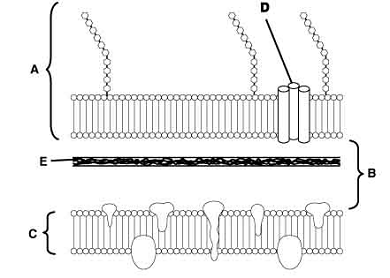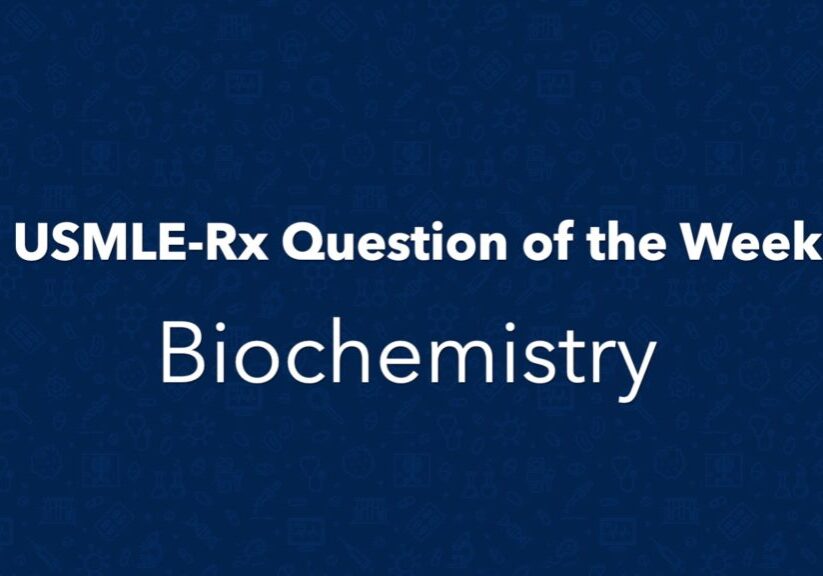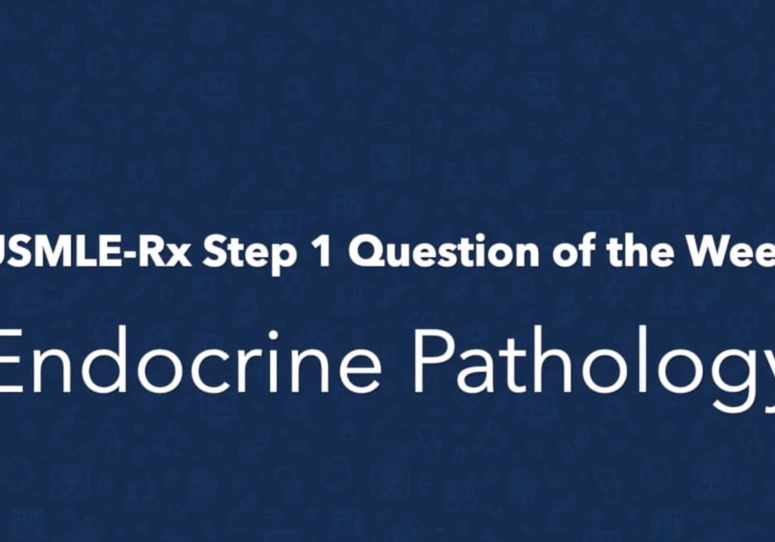Check out today’s Step 1 Qmax Question Challenge.
Know the answer? Post it below! Don’t forget to check back for an update with the correct answer and explanation (we’ll post it in the comments section below).
 The image depicts the cell wall of a gram-negative bacterium.
The image depicts the cell wall of a gram-negative bacterium.
What structure is responsible for the pathogenicity of the organism?
A. A
B. B
C. C
D. D
E. E
———————–
Want to know the ‘bottom line?’ Purchase a USMLE-Rx Subscription and get many more features, more questions, and passages from First Aid, including images, references, and other facts relevant to this question.
This practice question is an actual question from the USMLE-Rx Step 1 test bank. For more USMLE Step 1 prep, subscribe to our Flash Facts and Step 1 Express video series. Score the best deal on all three products with a Step 1 Triple Play Bundle.




A
A
Ait is!
A. Lipopolysaccharide
The correct answer is A. The pathogenicity of a gram-negative bacterium is largely due to structures in the outer membrane. This membrane consists of a lipopolysaccharide (diagrammed in the image) and various proteins such as endotoxins. Endotoxins, specifically lipid A, can activate the complement cascade, the coagulation cascade, and macrophages. The outer membrane proteins have enormous genetic and antigenic variability.
B is not correct. The periplasmic space is immediately beneath the outer membrane and is adjacent to the peptidoglycan, which forms the major cell wall constituent.
C is not correct. The inner cytoplasmic membrane contains penicillin-binding proteins.
D is not correct. Porins, or hydrophilic channels, trigger host cell endocytosis of the organism, an important step in early inflammation.
E is not correct. Choice E represents the peptidoglycan layer. Inhibition of peptidoglycan synthesis is the mechanism of action for the penicillins and cephalosporins.